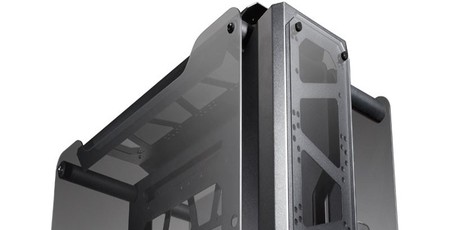
Manufacturer: Raijintek
UK price (as reviewed): £269.99 (inc VAT)
US price (as reviewed): N/A
The jury is still out as to whether show cases have their place in the enthusiast market. They draw crowds at trade shows when kitted out with the latest water-cooling gear, but it's a different question entirely whether they should be sat on your desk at home in place of a traditional tower PC case. Assuming you have £270 for a Raijintek Enyo, nothing's stopping you buying one of course, although if you have a fear of flat-pack furniture, it's maybe not the case for you, and you should look away now.
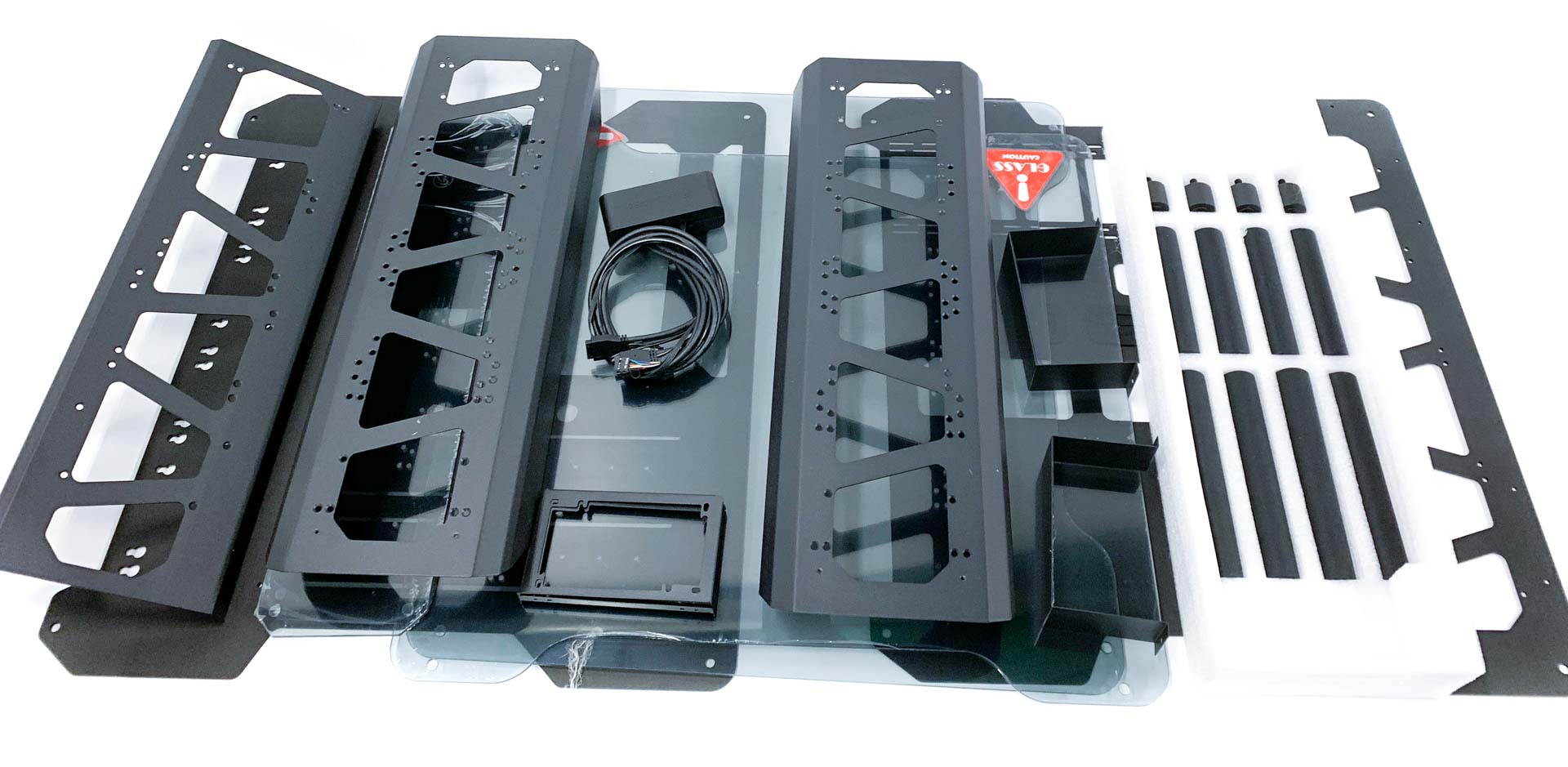
We've built a fair number of show cases in our time, and Raijintek isn't really doing anything new here. You have a bunch of large aluminium panels, tempered glass, various mounts for PSUs and the like, but also a complete lack of the refinement you'd expect from a modern premium case, such as dust filters, fan hubs, the latest I/O standards, or even fans.
This enormous case comes fully dismantled and requires a good hour to assemble, at least. This isn't something we're inherently adverse to, and building your case as well as your PC and cooling system can be very rewarding. However, the instructions weren't particularly clear, with constant attention being required to make sure you install panels the right way around. In addition, if you follow the instructions you only realise once you turn the page that you need to dismantle half the case again to install things such as radiators and pumps, with many of these areas inaccessible or difficult to reach once you've completed the build.
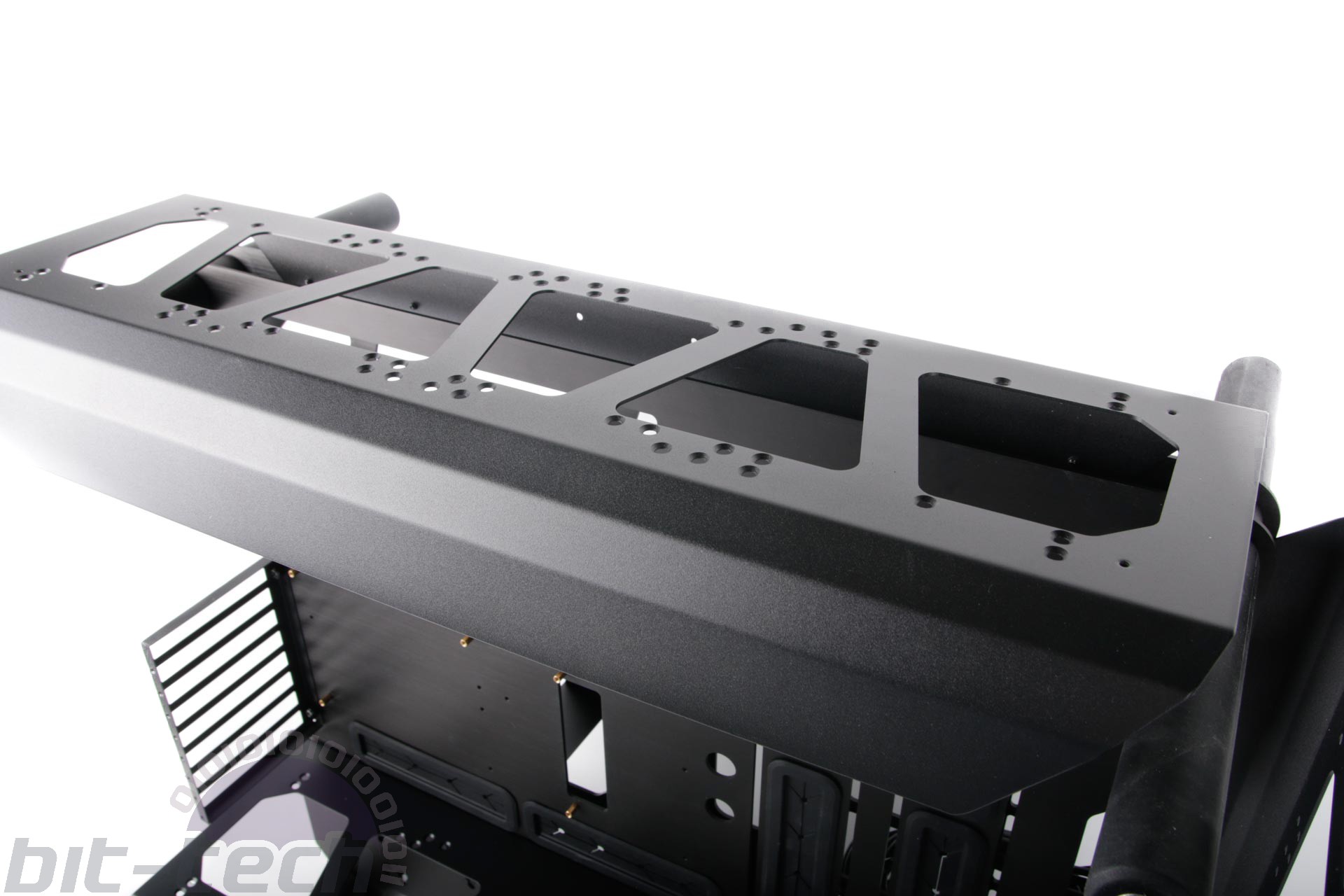
It is a tad frustrating even compared to other show cases we've built, but the end result is a case with staggering water-cooling support that will swallow a dual-loop, multi-radiator system quite easily, with dual PSU support thrown in, too. The chassis is made up of two large aluminium plates that secure together using an array of 12 supports that also hold the tempered glass side panels in place, with the result being a case that weighs nearly 22kg before you install any hardware, never mind a water-cooling system.
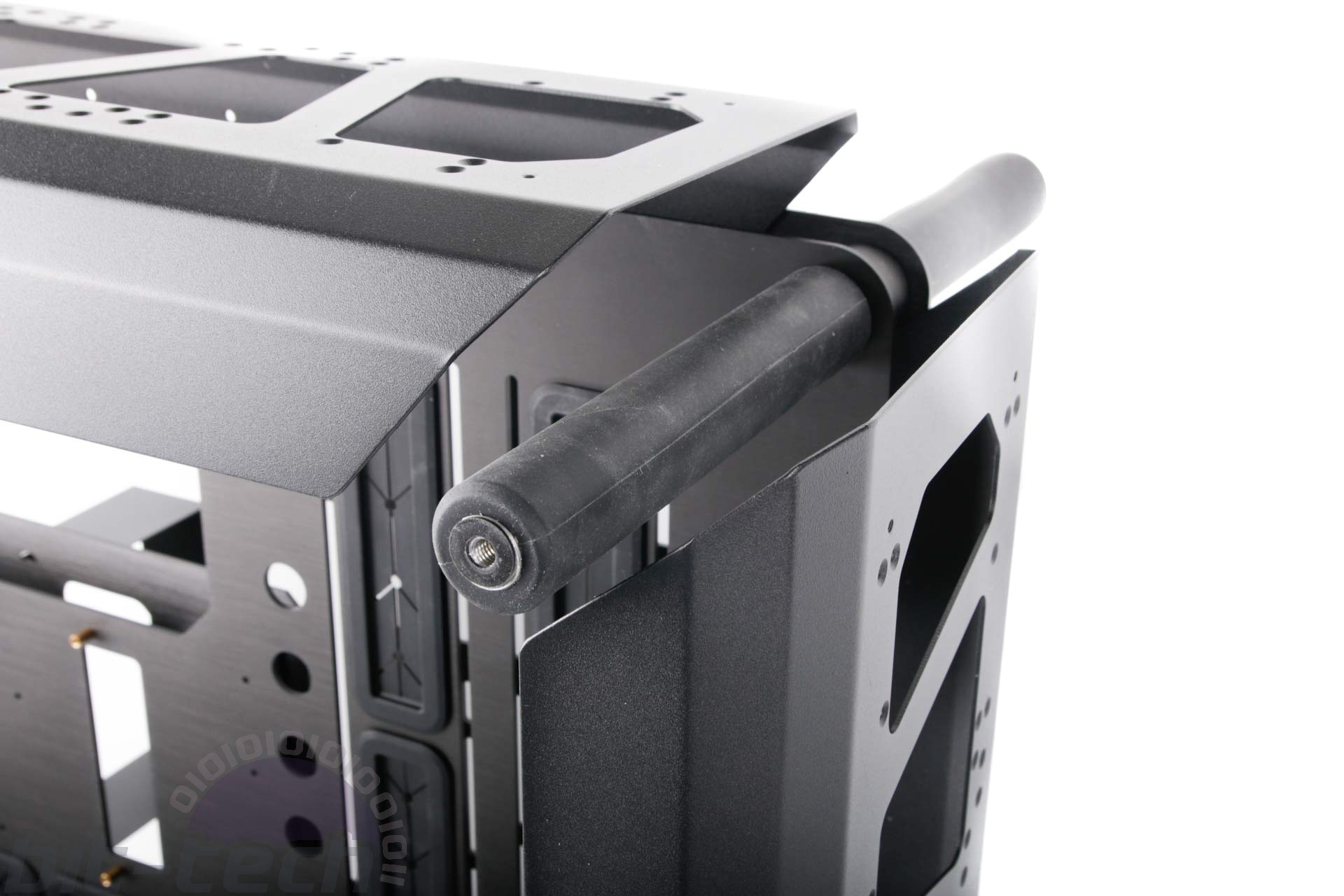
Combined with the use of thumb screws, the majority of the build can be completed without tools. The downside is that the finished article is bristling with thumbscrews that are maybe a tad unsightly. Every time you move the case, the panels wobble since they're suspended rather than secured from all sides.
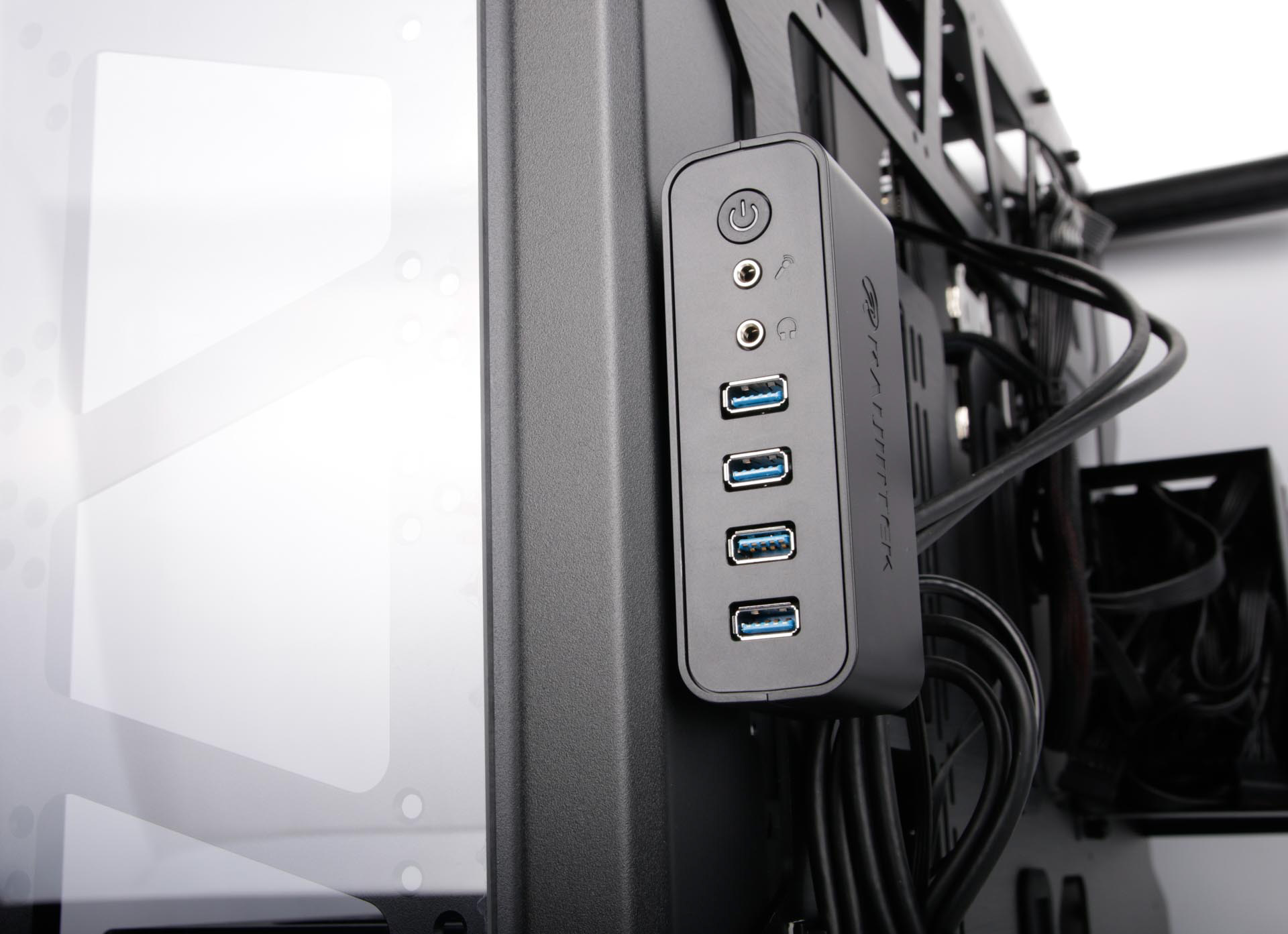
The front panel was a classic example of the manual's failings, as it's barely mentioned, with a tiny diagram, end-on, in one of the images showing roughly where to put it but not which screw holes to use or even which screws to use. In the end, we found them listed in the parts section, but in our mind you should be told which screws to use when you need to use them, not continually hunt through the parts list to find out which screws go where.
Specifications
- Dimensions (mm) 398 x 659 x 707 (W x D x H)
- Material Aluminium, plastic, tempered glass
- Available colours Black
- Weight 21.5kg
- Front panel Power, 4 x USB 3.0, headphone, microphone
- Drive bays 4 x 3.5"/2.5"
- Form factor(s) EE-ATX, E-ATX, ATX, micro-ATX
- Cooling 4 x 140mm/120mm front fan mounts (fans not included), 4 x 140mm/120mm roof fan mounts (fans not included), 4 x 140mm/120mm near side fan mounts (fans not included), 4 x 140mm/120mm top far side fan mounts (fans not included), 3 x 140mm/120mm lower far side fan mounts (fans not included),
- CPU cooler clearance 188mm
- Maximum graphics card length 615mm
- Extras None

MSI MPG Velox 100R Chassis Review
October 14 2021 | 15:04

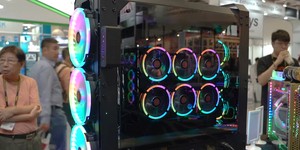
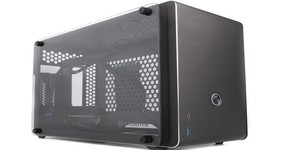
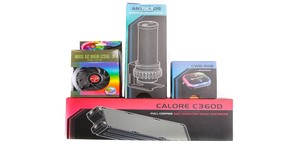




Want to comment? Please log in.